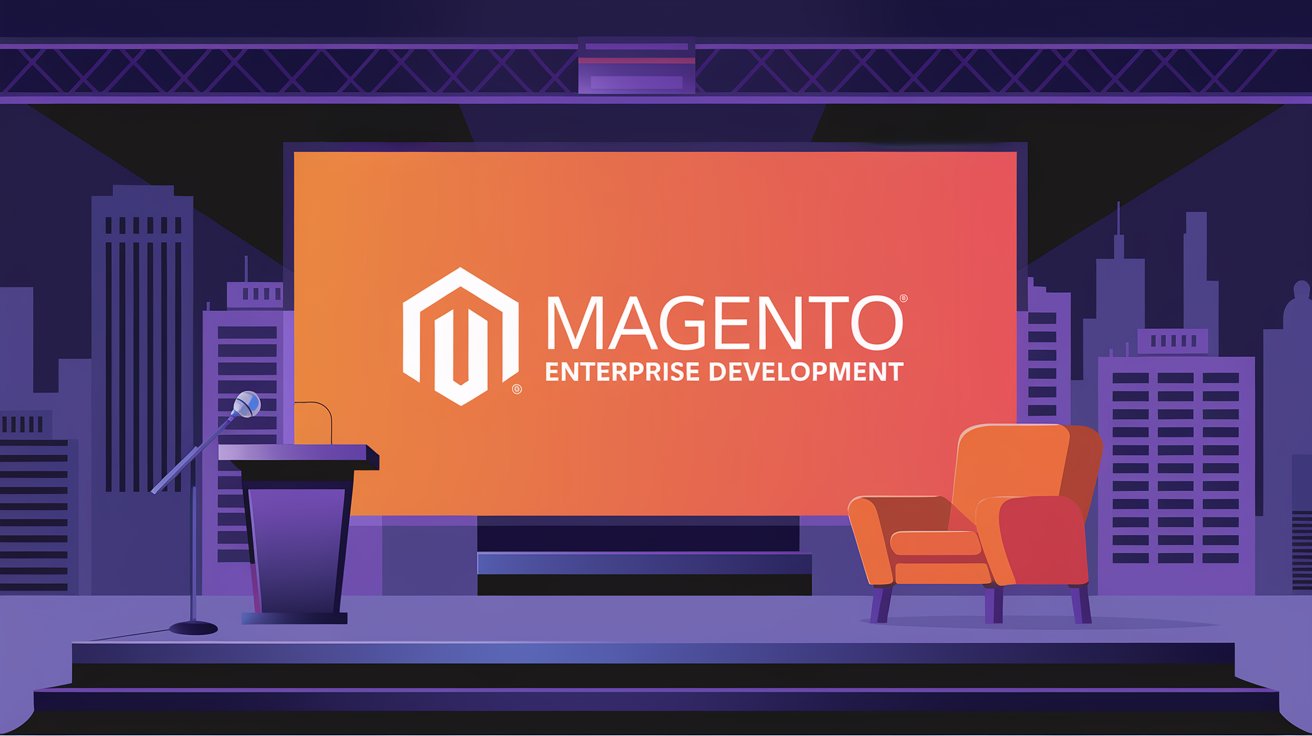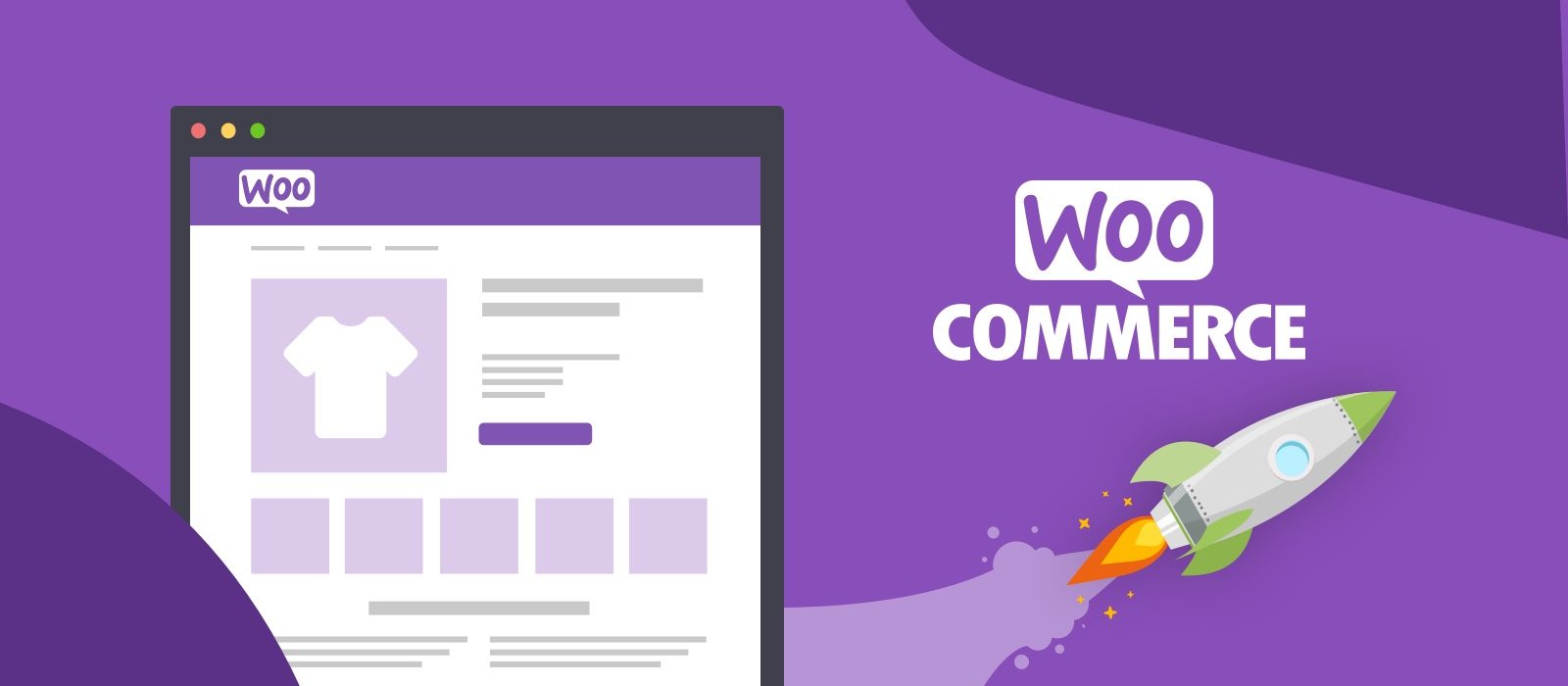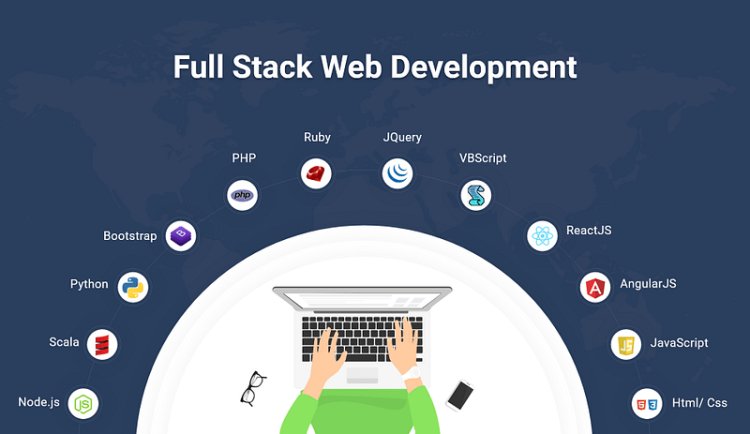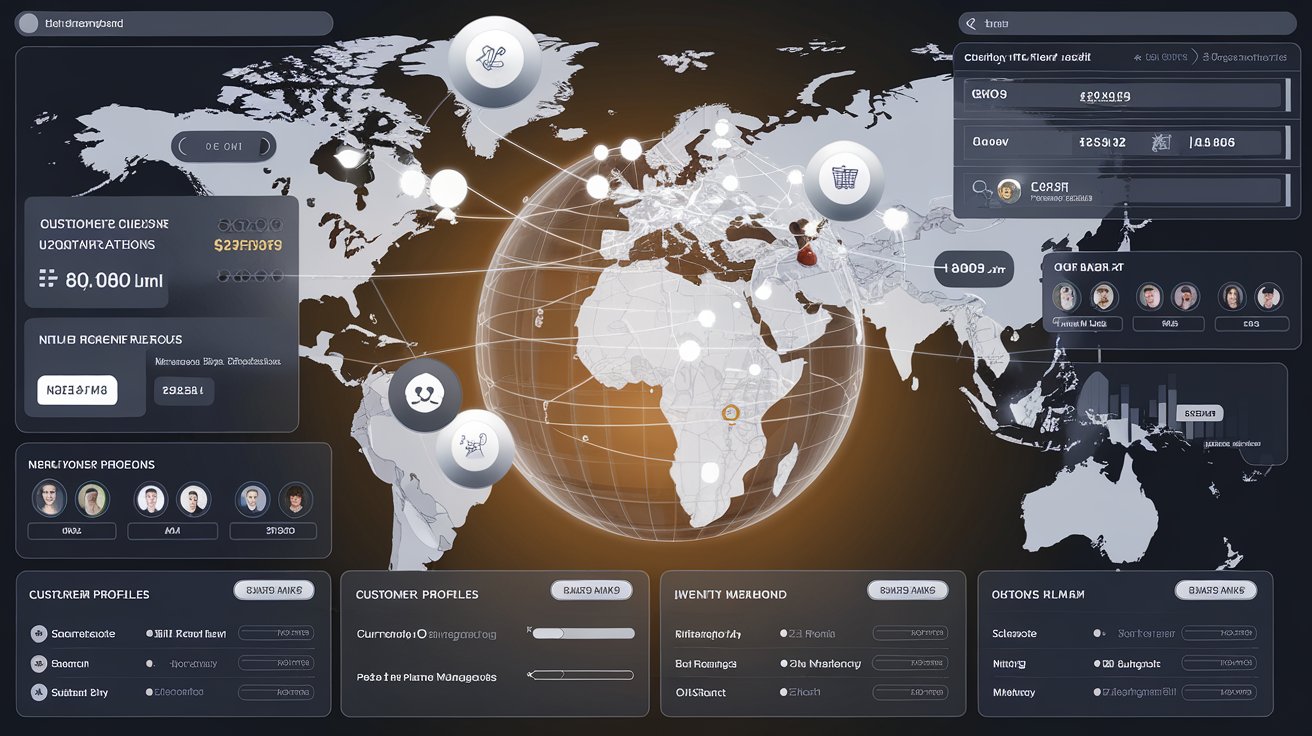Mastering Magento Enterprise Development: A Comprehensive Step-by-Step Guide

Strong 8k brings an ultra-HD IPTV experience to your living room and your pocket.
Magento is one of the most powerful and flexible e-commerce platforms available today. Renowned for its scalability, robustness, and extensive feature set, Magento Enterprise (now Adobe Commerce) is an ideal solution for businesses looking to create customized, high-performance online stores. With the rise of digital commerce, mastering Magento Enterprise development has become a valuable skill for developers, agencies, and business owners alike.
As businesses continue to look for advanced solutions to meet the demands of modern e-commerce, Magento Enterprise store development has become an essential area of focus. This powerful platform allows for complete customization, enabling businesses to build stores that align perfectly with their unique needs and objectives.
This comprehensive guide aims to provide both a strategic and practical overview of how to utilize Magento Enterprise's full potential.
Why Choose Magento Enterprise?
Magento Enterprise is designed to meet the demands of large-scale businesses with complex e-commerce needs. It offers a range of advanced features that cater to high-traffic websites and provide robust scalability. Some of its key advantages include:
Customization: Magento’s open-source nature allows for complete customization, whether through plugins, themes, or custom coding.
Scalability: Magento Enterprise can handle thousands of products, customers, and transactions, making it a perfect choice for businesses that anticipate growth.
SEO-Friendly: Magento is inherently optimized for SEO, offering advanced tools and features like URL rewrites, meta tags, sitemaps, and much more.
Integrated Marketing Tools: From promotional tools to email marketing, Magento Enterprise includes everything needed for effective marketing campaigns.
Robust Security Features: The platform ensures security with regular updates, enhanced admin security features, and PCI compliance for handling payment information.
Step Mastering Magento Enterprise Development
Step 1: Understanding Magento Enterprise’s Architecture
To successfully develop and manage a Magento Enterprise website, understanding its underlying architecture is essential. The platform follows an MVC (Model-View-Controller) architecture that separates the data model, user interface, and control logic. This separation allows for easier customization and flexibility in development.
Modules: Magento operates through various modules that enhance functionality. Developers can create custom modules to introduce new features or extend existing ones.
Themes: Themes control the front-end design, layout, and structure. Customizing themes ensures the store aligns with a brand’s unique identity.
Database Structure: Magento’s database is highly normalized, ensuring performance and scalability. Understanding how Magento structures its database tables will help with custom queries and optimization.
Step 2: Setting Up the Development Environment
Setting up an effective development environment is the first step to success. Magento Enterprise requires specific server configurations, including:
PHP: Magento 2.x requires PHP 7.4 or higher for optimal performance. Developers should ensure their server is configured with the latest version of PHP to avoid compatibility issues.
Database: Magento uses MySQL or MariaDB as the database backend. Understanding database optimization techniques such as indexing and caching can significantly improve site performance.
Web Server: Apache or Nginx are commonly used for hosting Magento Enterprise stores. Both web servers offer different features and optimizations, so developers should select one based on their performance needs.
Command Line Interface (CLI): The Magento CLI is an indispensable tool for managing the installation, upgrades, and configuration of Magento. Familiarity with commands like bin/magento will save time during development and troubleshooting.
Step 3: Installing Magento Enterprise
Once the development environment is ready, the next step is installing Magento Enterprise. While there are various installation methods (such as using Composer or a manual download), the most common and recommended approach is through Composer. Composer allows for seamless installation of dependencies and updates.
Here’s a quick overview of the steps for installation:
1. Install Composer if it’s not already on your machine.
2. Run the command to create a new Magento project.
3. Configure the database connection and other settings via the installation wizard.
4. After installation, log in to the Magento admin panel to verify the installation.
Step 4: Customizing Magento Enterprise
One of the standout features of Magento Enterprise is its flexibility in customization. Developers can tailor nearly every aspect of the platform, from the user interface to back-end processes. Here are some common customization tasks:
Creating Custom Modules: Magento’s modular structure makes it easy to add new features without altering the core code. By creating custom modules, developers can extend the functionality of the store.
Theme Customization: Magento offers a default theme that can be customized. Developers can also create entirely new themes from scratch to suit specific business needs.
Creating Custom APIs: For integrating with third-party services or enabling mobile apps, developers can create custom REST or SOAP APIs that allow external systems to interact with Magento.
Step 5: Optimizing Performance
Magento Enterprise is designed for high scalability, but performance optimization is still critical, especially for large e-commerce stores. Some techniques for improving performance include:
Caching: Magento’s built-in caching mechanism helps store frequently accessed data in memory, reducing the load on the database.
Indexing: Magento regularly indexes product data, categories, and customer information to improve performance. Developers can reindex data through the Magento CLI to ensure everything is up-to-date.
CDN Integration: For faster content delivery, integrating a Content Delivery Network (CDN) can significantly reduce page load times, especially for customers in different geographical locations.
Server Optimization: Optimizing the server environment by increasing the PHP memory limit, optimizing MySQL queries, and enabling GZIP compression can all contribute to faster load times.
Step 6: Testing and Debugging
Before going live, thorough testing is essential to ensure that everything works as expected. Magento offers a range of testing tools, including:
Unit Testing: Automated tests that ensure individual components of the application work as expected.
Functional Testing: Testing the entire application to ensure that the functionality is correct.
Stress Testing: This simulates high traffic volumes to ensure that the system can handle peak loads.
Debugging Tools: Magento has a variety of tools to help identify and resolve errors, including log files and Xdebug integration for PHP.
Step 7: Security Best Practices
Magento Enterprise offers a host of security features, but developers should always follow best practices to ensure the safety of customer data and the integrity of the store. Here are a few security tips:
SSL Encryption: Ensure the use of SSL certificates for secure data transmission between the server and the client.
Regular Updates: Magento frequently releases security patches. Ensure that your store is always up-to-date with the latest security fixes.
Two-Factor Authentication: Enable two-factor authentication (2FA) for admin users to enhance the security of the admin panel.
Step 8: Going Live and Post-Launch Optimization
Once everything is in place, it’s time to launch your Magento Enterprise store. However, the work doesn't stop there. After going live, continuous monitoring and optimization are crucial for sustained success. Regularly track site performance, user behavior, and sales data to make informed decisions about future optimizations.
Additionally, consider integrating with marketing tools like Google Analytics, email marketing platforms, and CRM systems to ensure that your store is aligned with your broader business strategy.
Conclusion
Mastering Magento Enterprise development requires a combination of technical knowledge, strategic planning, and constant optimization. By following this comprehensive guide, developers and businesses alike can build high-performance, scalable, and secure e-commerce stores. If your business lacks the internal expertise to fully leverage Magento’s capabilities, it may be time to hire Magento developers who can bring specialized skills and experience to the table, ensuring your e-commerce store reaches its full potential.
As the e-commerce landscape continues to evolve, investing in Magento Enterprise development will provide long-term benefits, ensuring that businesses can handle increasing traffic, expanding product lines, and continuously improving their online offerings.
Note: IndiBlogHub features both user-submitted and editorial content. We do not verify third-party contributions. Read our Disclaimer and Privacy Policyfor details.







